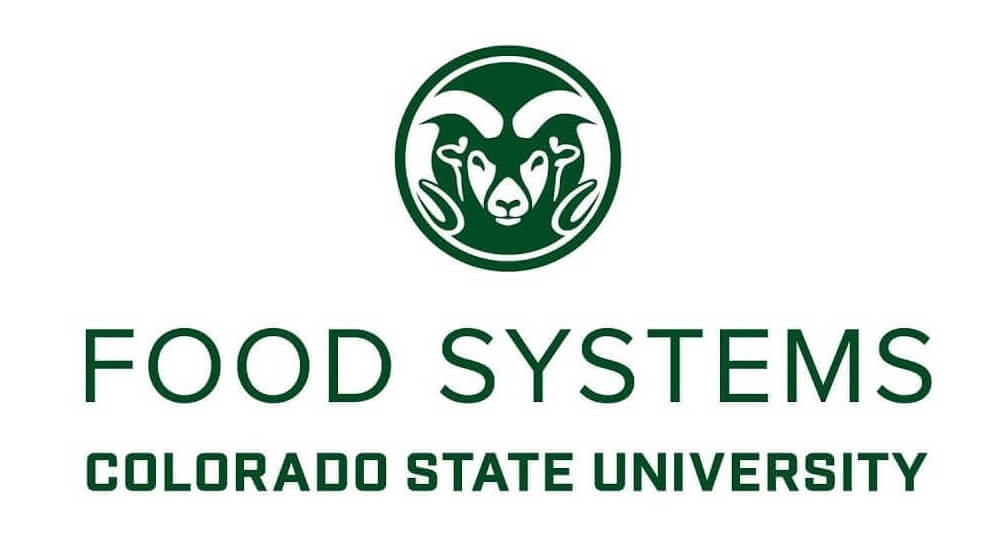- Research Impacts
- Agricultural Labor
Agricultural Labor
Research, outreach and engagement to understand Colorado agricultural labor and find solutions.
The Agricultural Workers’ Rights bill, SB21-087, includes a rulemaking process that explores the exemption of agricultural labor from state and local minimum wage laws and require the director of the Division of Labor Standards and Statistics to promulgate rules to establish overtime pay for agricultural employees for hours worked in excess of 40 hours per week or 12 hours in one day. Farmers and ranchers have expressed concerns about the implications of the bill. Accordingly, Colorado State University researchers assessed what the economic implications of the bill might be to farmers and ranchers in Colorado, including by commodity and scale.
In response to requests from the Colorado agricultural sector, CSU has additionally formed a Labor Issues Cohort composed of faculty with subject matter expertise in the areas addressed in Agricultural Workers’ Rights Act rulemaking with the Colorado Department of Agriculture and the Colorado Department of Labor and Employment. The Labor Issues Cohort will respond to requests to provide input to individuals or organizations to better inform their input to the rulemaking process. To learn more, click here.
- According to CSU, the value chain of Colorado agriculture contributes nearly $40B to the state economy. Farms and ranches need a viable workforce.
- The 2020 Colorado Agricultural Labor Survey for Employers closes February 1, 2021 for responses. We will release preliminary finding in early 2021 with a full report later that year.
The Colorado Agricultural Labor Survey for Employers gathered responses from Nov 1, 2020 – Jan 31, 2021. This is a comprehensive survey intended to answer key questions, create educational programs and resources, inform influencers and decision makers regarding the ag labor conditions in Colorado, and hopefully find creative solutions to current challenges. A survey of this type has not been done in Colorado for at least two decades.

